Infrastructure in
America
Course Development Prize in Architecture, Climate Change, and Society
Education in architecture and urbanism is well positioned creatively and critically to address the exigencies of climate change. However, pedagogical methods that prioritize immediate applicability can come at the expense of teaching and research that explore the sociocultural and ecopolitical dimensions of the crisis. This, in turn, ultimately limits the range of approaches addressing climate change in professional practice. Columbia University’s Temple Hoyne Buell Center for the Study of American Architecture is therefore issuing, together with the Association of Collegiate Schools of Architecture, a competitive prize in recognition of exemplary course proposals on the theme of “Architecture, Climate Change, and Society.”
From history seminars to visual studies and from design studios to building technologies, the wide variety of course offerings at schools of architecture is a testament to the diversity of perspectives, skills, and tools that ultimately comprise quality work in the field. In contrast, the urgency of the unfolding climate crisis—especially as it intersects with calls for environmental and racial justice—can seem to demand a singular focus that is antithetical to humanities-based critical inquiry or to longer-term creative and technical endeavors. We seek the kind of realism, however, that redefines problems and leaves room for the imagination. Successful proposals for this Course Development Prize in Architecture, Climate Change, and Society will include methods and themes that innovate within their institutional setting—asking hard questions of students that are equal in weight to the hard questions being asked of society in the midst of a global pandemic as it continues to grapple with the intertwined causes and effects of climate change.
This proposal is related to a multi-year Buell Center project entitled “Power: Infrastructure in America,” which seeks critically to understand the intersections of climate, infrastructure, and architecture. Objects of intense political, social, and economic contestation, technical infrastructures distribute power in both senses of the word: as energy and as force. Concentrating on the United States but extending internationally, “Power: Infrastructure in America” opens overlapping windows onto how “America” is constructed infrastructurally to exclude neighbors and to divide citizens. But infrastructures can also connect. Organized in a modular fashion as an open access resource for learning, teaching, and acting, the contents of the project website—power.buellcenter.columbia.edu—enable visitors to better understand the complex webs of power shaping our lives and the lives of others. It is in this spirit that the prize aims to contribute to the development of intersectional pedagogy on the theme of “Architecture, Climate Change, and Society” in America today. Change begins with connecting the dots.
Are you interested in joining a network of faculty teaching architecture, climate change, and society? PLEASE SIGN UP
For all prizes after 2022, see the Buell Center website
2022 WINNERS
Environmental Justice (EJ) + Health + Decarbonization
Nea Maloo, Howard University
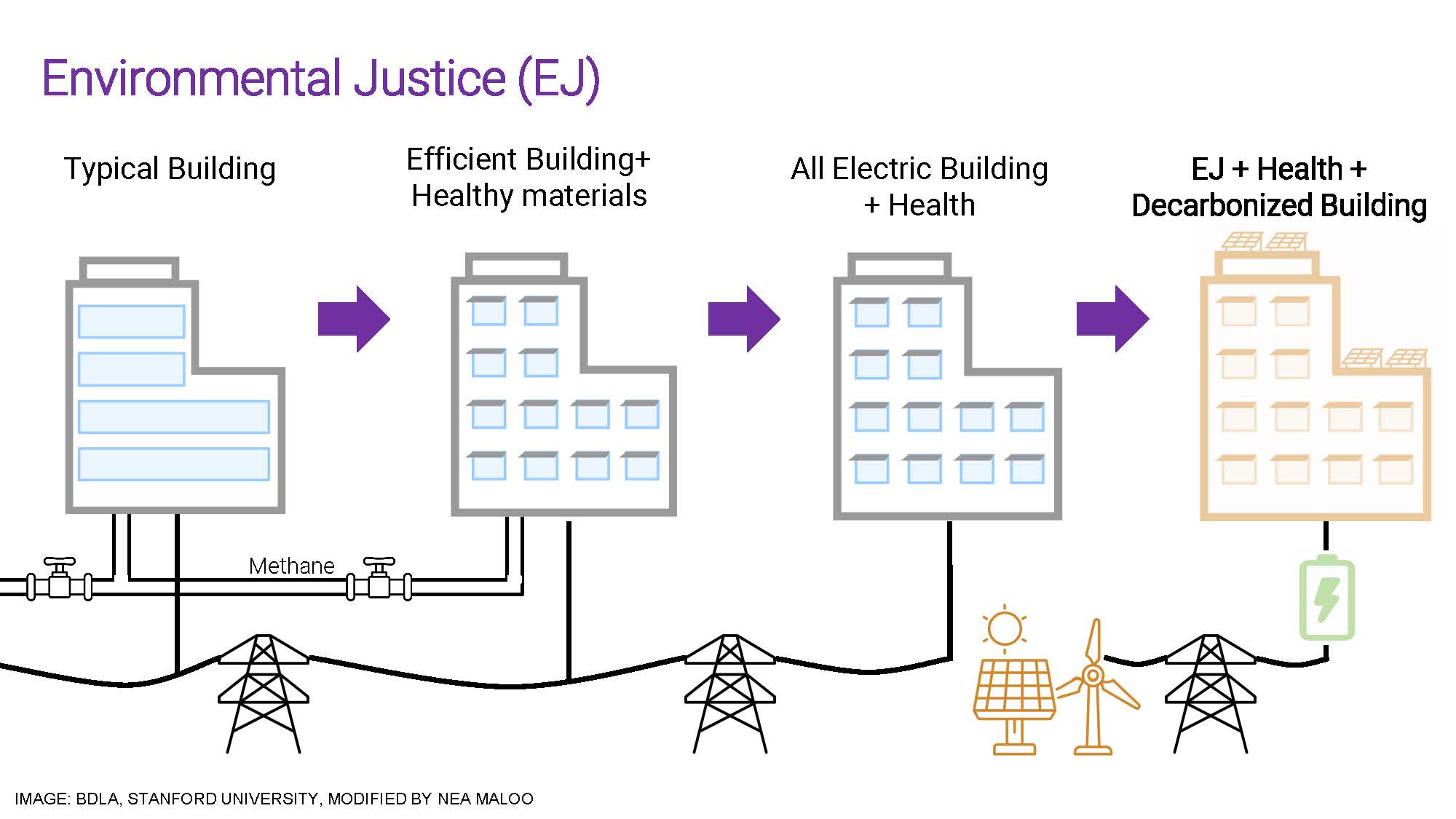
(Image Credit: BDLA, Stanford University, modified by Nea Maloo)
The Environmental Justice (EJ) + Health + Decarbonization will be a new inter-disciplinary course in the College of Engineering and Architecture, Howard University, for architects, engineers, and environmental studies major students. The course aims to put sustainable building practice at the center of environmental health, justice, and social equity. This course is intended to equip the students with the knowledge of building decarbonization and environmental justice, to be the future leaders in sustainability.
Globally, the embodied carbon emissions from the building sector alone produce 11% of global emissions and has huge impact on the environment. It is also evident that climate change has differing social, economic, health, and other adverse impacts on underprivileged populations. Under the broad umbrella of climate justice, the inter-disciplinary education will offer an overview of the use of technology tools, including the energy simulation modeling, collected data, healthy building material and design approaches in architectural design. Additionally, the students will learn theory and practice of building decarbonization as foundational approach to environmental justice. The goal is to design buildings with holistic strategies with Decarbonization and healthy building material which promotes the climate justice within the architecture profession to the broader local and global community.
Decommodifying Ownership
Janette Kim, Brendon Levitt, & James Graham, California College of the Arts
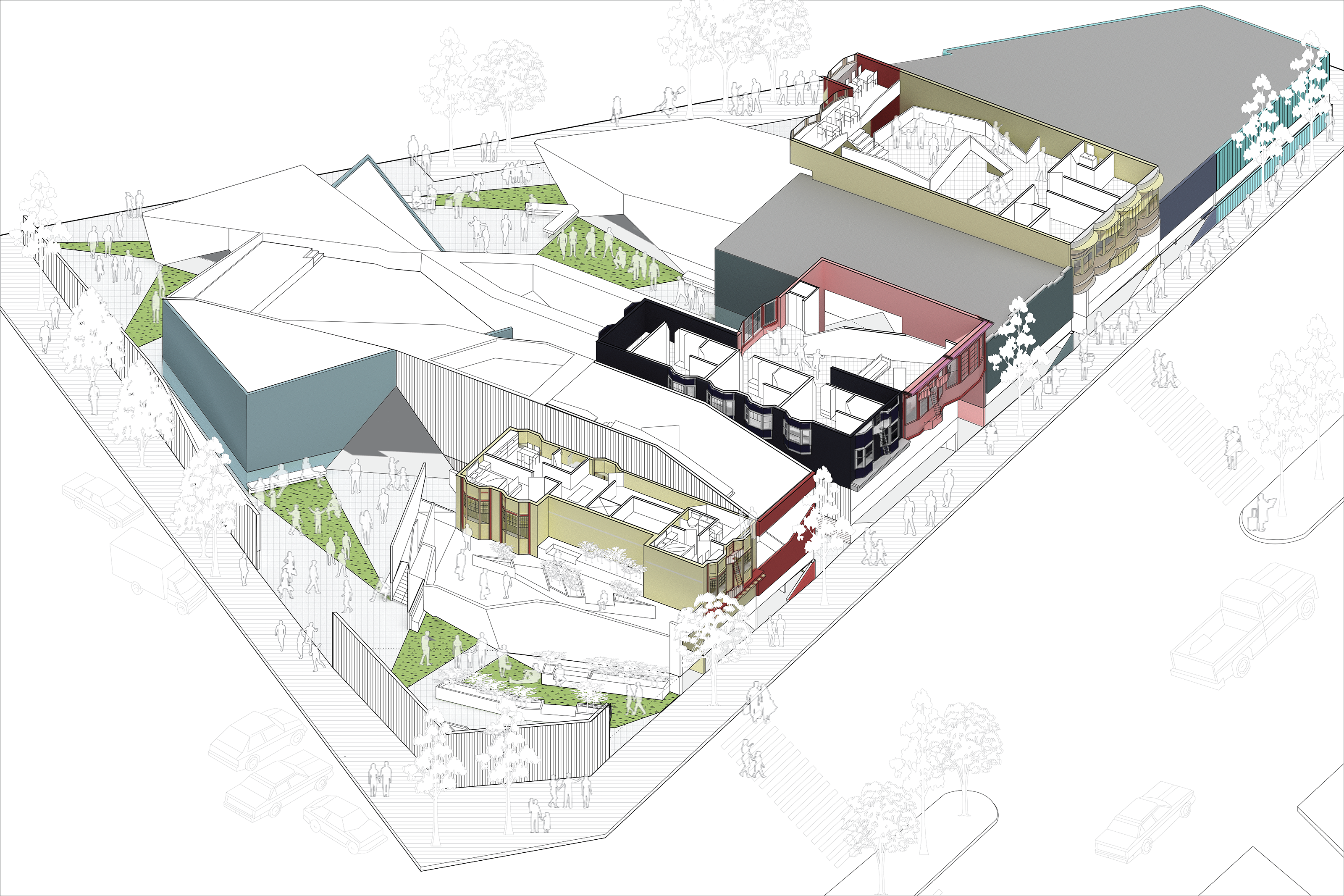
(Image Credit: Carlos Garcia and Yue Liu, project diagram for the Reframing Property studio taught by Janette Kim, fall 2021.)
Decommodifying Ownership is a proposed cluster of coordinated courses at the Architecture Division at California College of the Arts that bridges across design studio, building technology, and history and theory curriculum streams in the B.Arch, M.Arch and Master of Advanced Architectural Design programs. These three courses will reflect on colonial legacies of dispossession instituted by the enclosure of land and the dislocation of the byproducts of extractive economies. In response, they will ask how the decommodification and commoning of land and resources can recapture energy, water, materials, and nutrients—all to sustain regenerative economies in communities whose labor and knowledge have long been mined for the creation of wealth. These courses will highlight their own unique methodologies—with an emphatic belief that each curricular track is a site for both conceptual and pragmatic investigations—while identifying sites for cross-pollination. In this way, the goal is to model speculative, new techniques for interdisciplinary architectural practice that is ever-more critical in the face of climate change.
Mono-Poly-Dollar
Lindsey Krug, University of Wisconsin-Milwaukee
Sarah Aziz, University of Colorado Denver
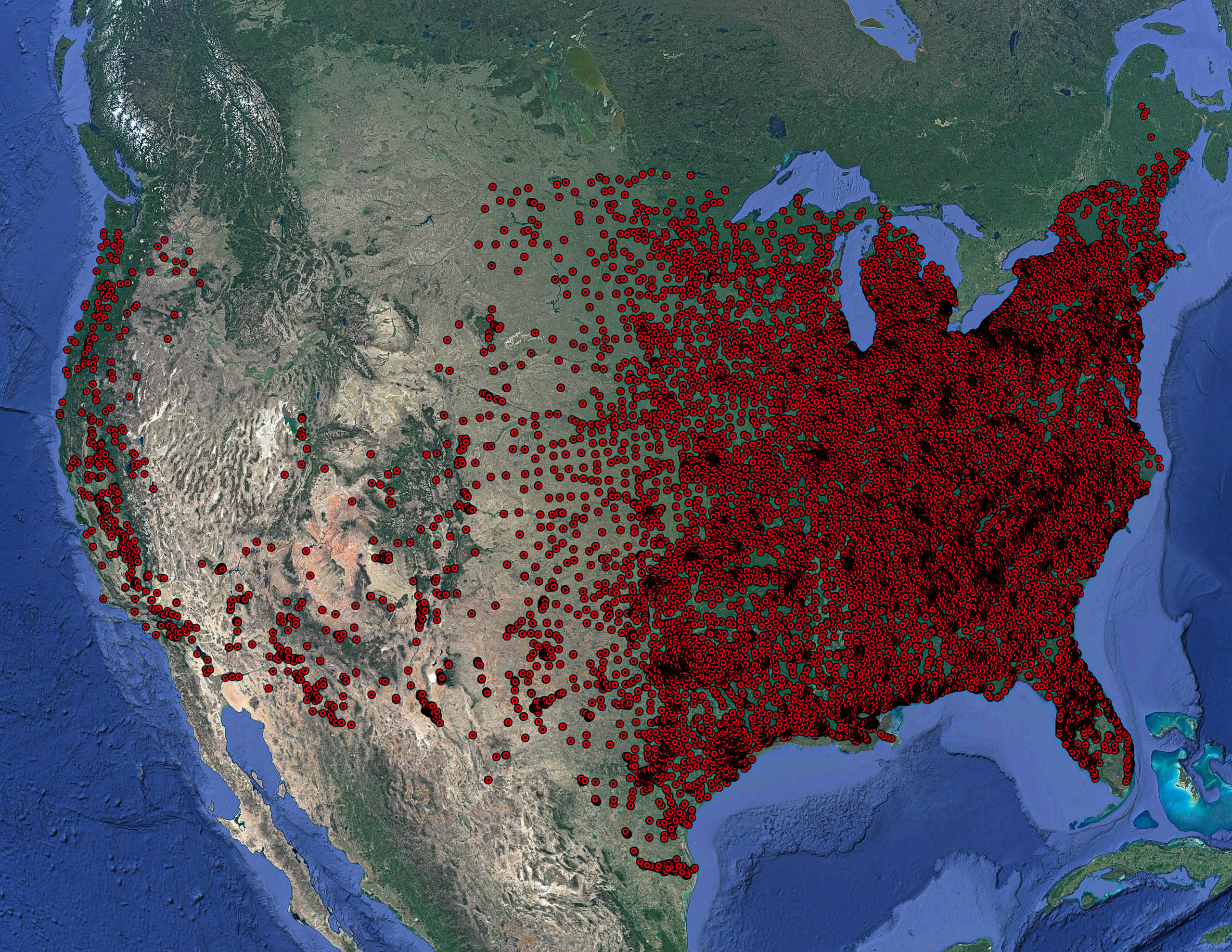
(Image: Ana Sandoval and Michelle Barrett)
Mono-Poly-Dollar is an interdisciplinary research and design studio, operating at both the University of Wisconsin-Milwaukee (UWM) and the University of Colorado Denver (CUD), that uses Dollar General Corp (DG), the largest and most influential of the American dollar store triumvirate – Family Dollar, Dollar Tree, and Dollar General – to examine the country’s environmental, economic, and racial fault lines, and highlight the understudied small-box vernacular typology as a weapon of discourse and agent of climate activism.
Milwaukee, Wisconsin, and Denver, Colorado are geographically poised to document the distribution of Dollar General’s presence in the U.S. as they trisect the drastic gradient from the densely populated DG-landscape of the American East, Midwest and South, to the sparsely populated DG-landscape of the American West. The course requires students to address the subject matter neutrally and arrive at socio-spatial positions and projections by traveling to a cross-section of the 17,000+ DG stores and distribution centers across the country and see firsthand how the retail empire affects large-scale commercial practices and mom-and-pop-corner-shop small-scale domestic realities.
Given its geographic scope, even a small shift in the invasive dollar store’s response to the climate crisis can have a large impact, and by critiquing the organization’s commercial, agricultural, and architectural strategies, students propose ways DG can provide an antidote to the silent crisis they contribute to.
Deep Geologies: Material Encounters in Texas
Brittany Utting, Rice University
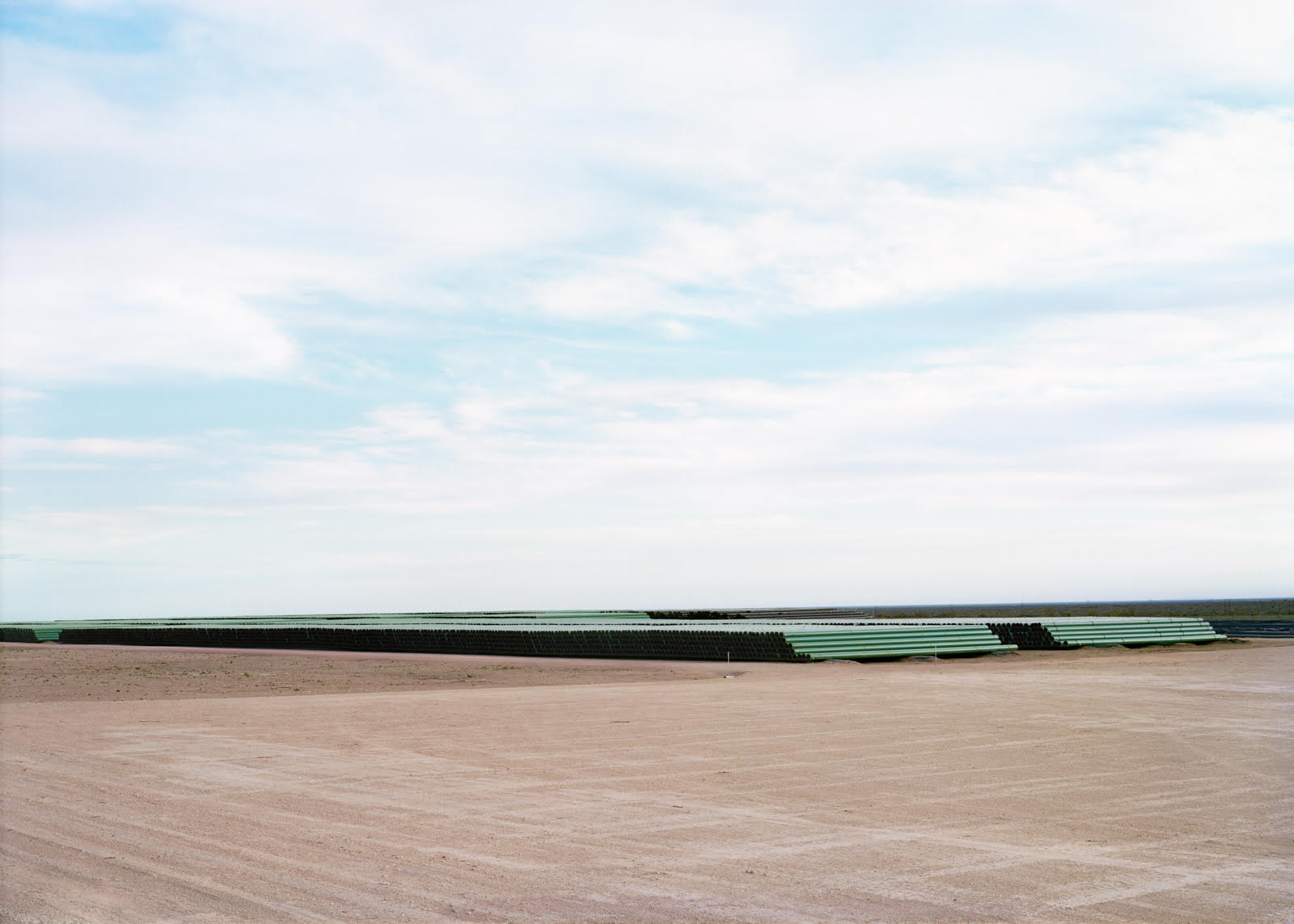
(Image Credit: Victoria Sambunaris – Untitled (Pipes), Monahans, Texas – 2012)
Geology is a conception of the planet’s surface as thick, resource-rich, and energy-latent, forming slowly in the “deep time” of the earth. Laced within its dense layers of rock and shifting plates, the crust contains the raw materials and carbon fuels of the technosphere: bands of iron ore, veins of mineral deposits, seams of coal, and vast fields of oil.
Our everyday worlds are sourced from these geologies—fracking, cracking, mining, drilling, processing, and burning—feeding a supply chain essential to the production and powering of the built environment. Critically, the materials themselves have specific qualities and attitudes, producing a complex infrastructure of capital, energy, and heat. Yet while these geologies constitute the substructure of carbon modernity—determining its urban scales, circulatory flows, and organizational forms—they also devastate landscapes, bodies, and climates.
Deploying spatial and material tactics to intercede in these extractive processes, this studio seeks to trouble the persistence and durability of the hydrocarbon toward a deeper conception of geology: a planetary assemblage of landscapes, ecologies, organisms, technologies, and atmospheres. Learning from Anna L. Tsing’s concept of the “liveliness” of materials, Deep Geologies looks to the entanglement of extraction and the built environment to imagine new architectures for terrestrial care. Working in the context of Texas, this studio imagines how architecture can participate in a just transition to a post-carbon future, asking how the built world can more radically engage with agendas for environmental justice and geological repair.
Acclimatizing to Heat in a Legacy City: Urban Heat Islands, Segregation and Social Connections in Toledo, Ohio
Yong Huang & Andreas Luescher, Bowling Green State University
Sujata Shetty, University of Toledo

(Image: Toledo Green Spaces and Heat Island Analysis)
Climate change in Toledo, Ohio once a thriving part of the constellation of cities supporting Detroit’s auto industry, is already noticeable through an increase in average air temperatures, with predictions that they will continue rising (City of Toledo, 2021). Region-wide, climate change is projected to increase the risk, intensity and duration of temperature extremes and that has certainly been true in the city as well (GCA, 2020). One major contributor to these prolonged high temperatures are Urban Heat Islands (UHIs), urban areas that are significantly warmer than their surroundings chiefly because of concentrated heat emitted from the built environment, vehicles, and industrial land uses. As in other old industrial cities, Toledo’s urban areas suffering from the heat island effect are expected to be most affected by heatwaves, putting the city’s low-income and elderly residents most at risk.
The proposed interdisciplinary seminar and studio will focus on the intersection between heat events and the structure of the City of Toledo, socio-economic and physical. The main question we ask is: how can heat mitigation architecture and planning interventions further social equity? Our aim is to examine the connection of nature to human experience, and to integrate the wellbeing of individuals with the design of healthy public spaces and neighborhood-wide environments. The joint venture will advance and bolster climate literacy in Northwest Ohio.
References: City of Toledo (2021) Climate change Vulnerability Assessment for Stormwater
GCA (2020) Global Center on Adaptation: Temperatures in the Great Lakes are rising and putting the vulnerable at risk
HONORABLE MENTIONS
Tourism as Environmental Disaster: Vulnerable Landscapes and Vulnerable Populations on the Atlantic Coast Barrier Islands
David Franco, Ulrike Heine, Andreea Mihalache and George Schafer, Clemson University
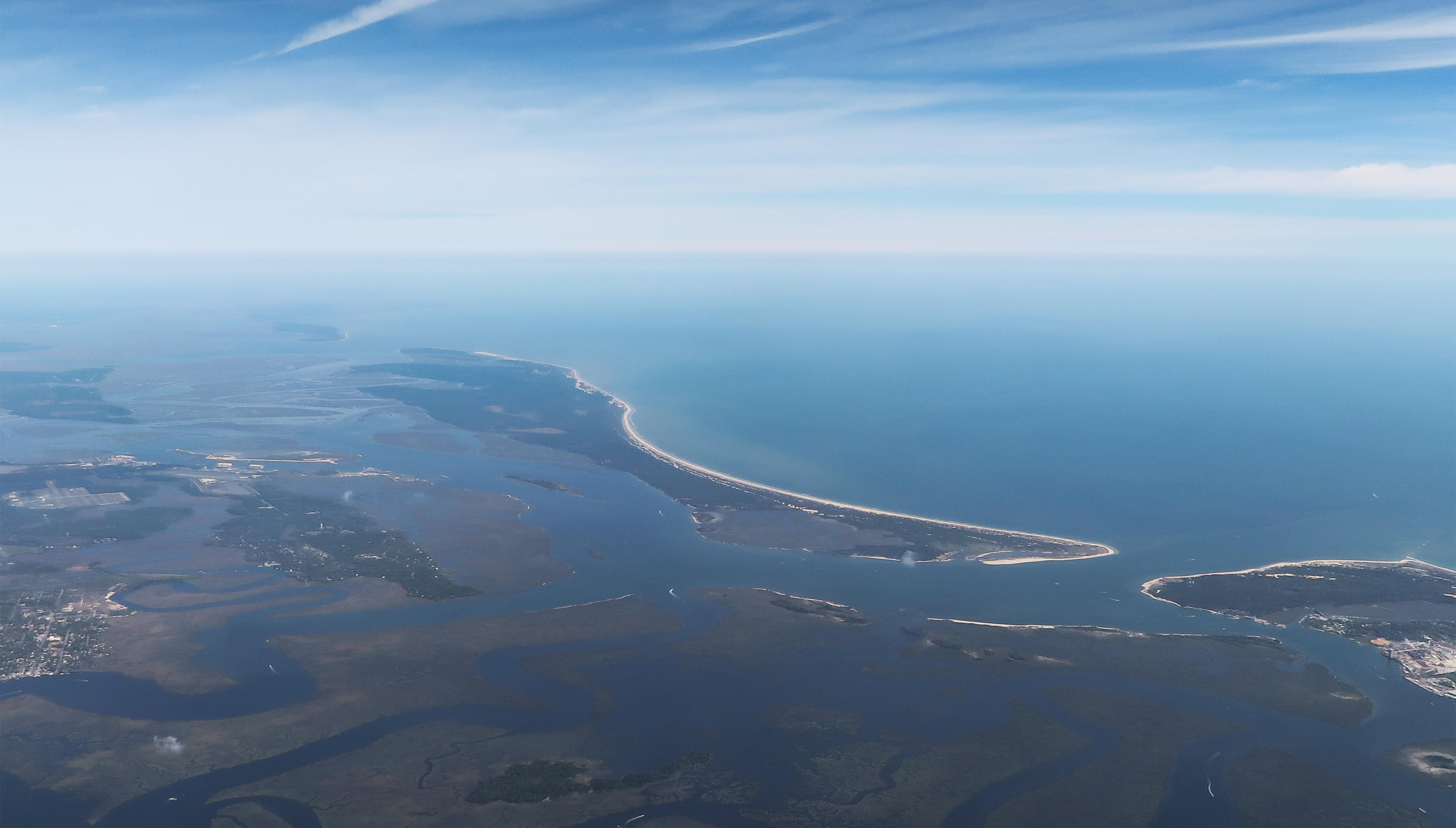
(Image: Tourism as Environment)
Barrier islands are vulnerable landforms critical for the protection of coastal ecosystems and communities, whose rich vegetation merges with water in marshlands and beaches. During the Jim Crow era, they were the safe havens of self-sustaining Gullah-Geechee communities from the Carolinas to South Florida, until when a massive invasion of vacation homes, hotels, and oversized tourist infrastructure began to displace them during the 1950s. Bringing together design, theory, and technology, this course addresses the abusive tourist practices that have shaped the Atlantic coast as we know it, through alternative approaches to tackle these landscapes’ social, environmental, and spatial challenges.
Energy Collectives: Towards a Self-Sustaining Neighborhood
Lawrence Blough, Pratt Institute
Simone Giostra, Politecnico di Milano
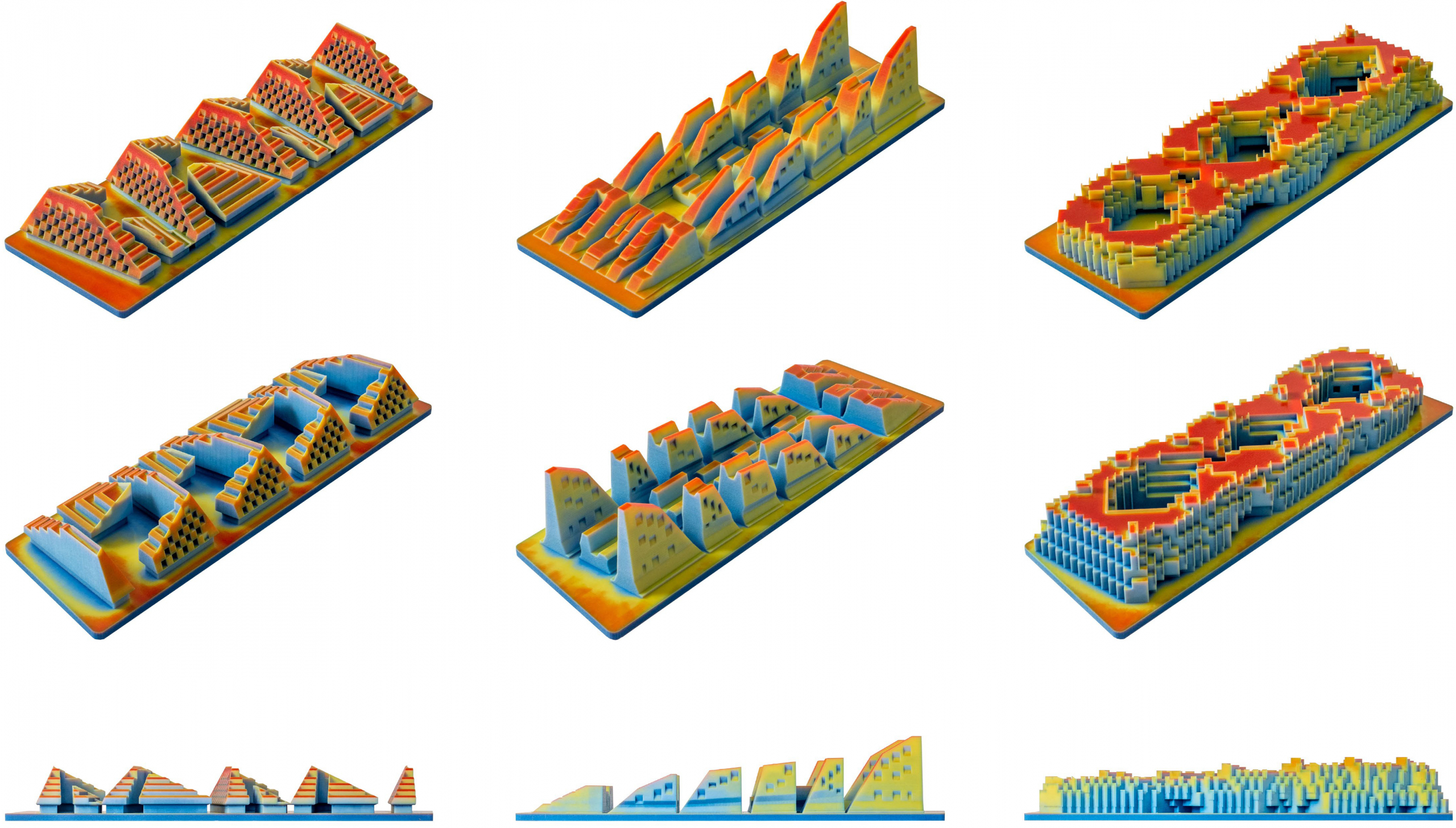
(Image: City block housing proposals mapping yearly solar radiation – IDC funded studios. Blough & Giostra, 2019-21)
Our proposal calls for radical new models of inhabitation, production, and protection of vital ecosystems by pairing objective environmental analysis with speculative architectural scenarios. A model for a self-sufficient settlement located on the city’s periphery will integrate overlapping scales of production and conservation. Animated by new modes of co-living, working and shared resources, it will provide a roadmap for future growth of the city and its environs. Energy performance in buildings is form dependent—addressing resource scarcity and environmental degradation demands a new design aesthetic and formal approach based on ecological inputs and necessity. The four vital infrastructures of Food, Energy, Water and Waste (FEW2) will be investigated for their design agency through a paired research seminar and design studio in order to effectively tackle the climate and energy crisis.
2021 WINNERS
Gulf: Architecture, Ecology, and Precarity on the Gulf Coast
Matthew Johnson & Michael Kubo, University of Houston
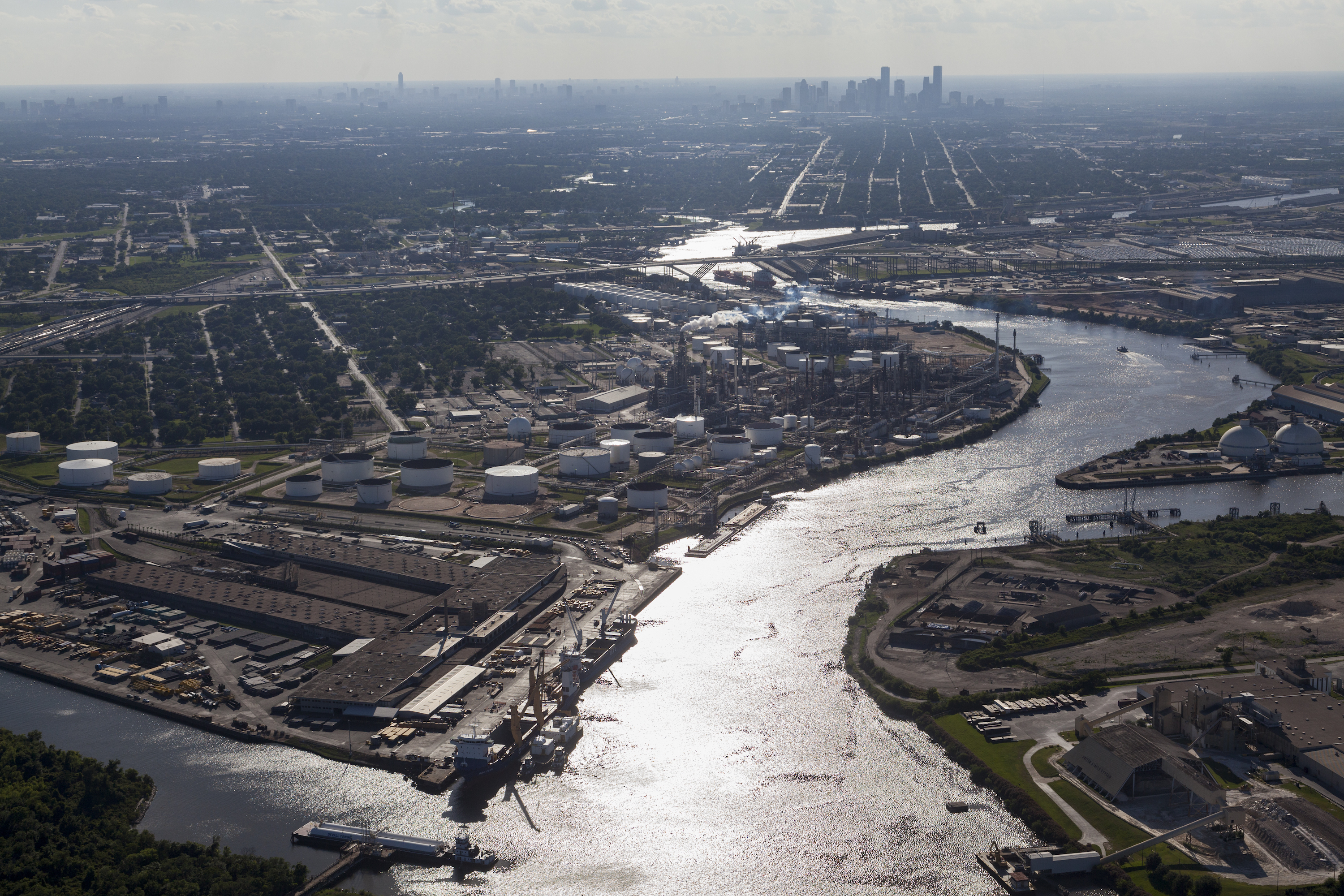
Much of contemporary carbon culture and its environmental consequences can be traced back, forensically or circumstantially, to the U.S. Gulf Coast. The extraction of fossil fuels has made the Texas-Louisiana coastline a global center of oil production, sprawling along the bayous and wetlands of Beaumont, Galveston, Baton Rouge, Lake Charles, and Houston.
While the products of carbon have fueled the mega-region’s expansion, the sprawling oil industry has produced structural inequities in its built environment. Racially segregated “fenceline” communities sit in uneasy proximity to petrochemical plants, subject to the environmental impacts of polluted soil, air, groundwater, and aquifers. Toxic clouds, spills, and other disasters are common in these areas, particularly during extreme weather events exacerbated by climate change. In this context, an examination of the relationship between architecture, urbanism, climate, and environmental justice is urgently needed.
The proposed “superstudio” (a combined research studio and seminar) deals with the history and speculative futures of petro-culture’s long century and its aftermath. We will engage the wicked problems facing individual communities along the Texas-Louisiana coast, from flooding and pollution to toxic development patterns, and propose methods for repairing the discriminatory effects of petro-culture on the broader environment of the Gulf.
Hazard Mitigation + Race + Architecture
Mahsan Mohsenin, Reginald Ellis & Andrew Chin, Florida A&M University
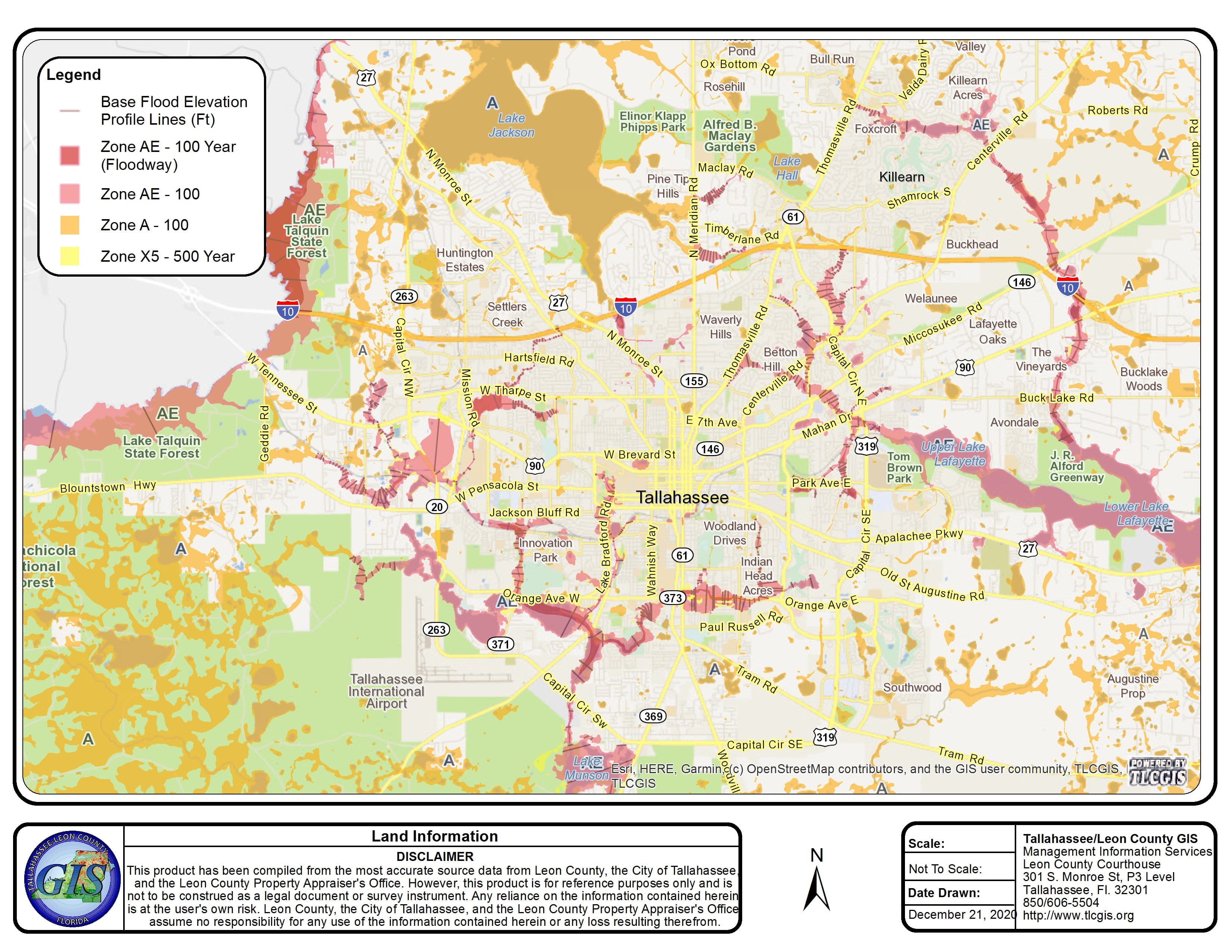
“Hazard Mitigation + Race + Architecture” is a cross-disciplinary collaboration that brings together faculty from two departments at the Florida A&M University: architecture and African-American history. The goal is to provide a cross-disciplinary approach to climate change and recognize Florida’s challenges as ethical and political issues, rather than purely environmental or physical in nature. Every year, Florida is one of the states that is most impacted by climate change through flooding, hurricanes, etc. According to a 2016 US Environmental Protection Agency report, the Florida peninsula has warmed more than one degree during the last century. The sea is rising about one inch every decade and heavy rainstorms are becoming more severe. This is of special concern to minority and underserved communities; specifically, African-Americans, who are often impacted the most by climate change. But as architecture students learn about sustainability, the intersection of race and architecture adaptations are not widely discussed. Architectural responses to climate change include floating or amphibious structures, design for lateral forces, and merging hazard mitigation with architectural design. The goal of this course is to introduce segregation and planning inequities in the discussions of architectural responses to hazard mitigations.
High-Performance, Low-Tech
Liz McCormick, University of North Carolina at Charlotte
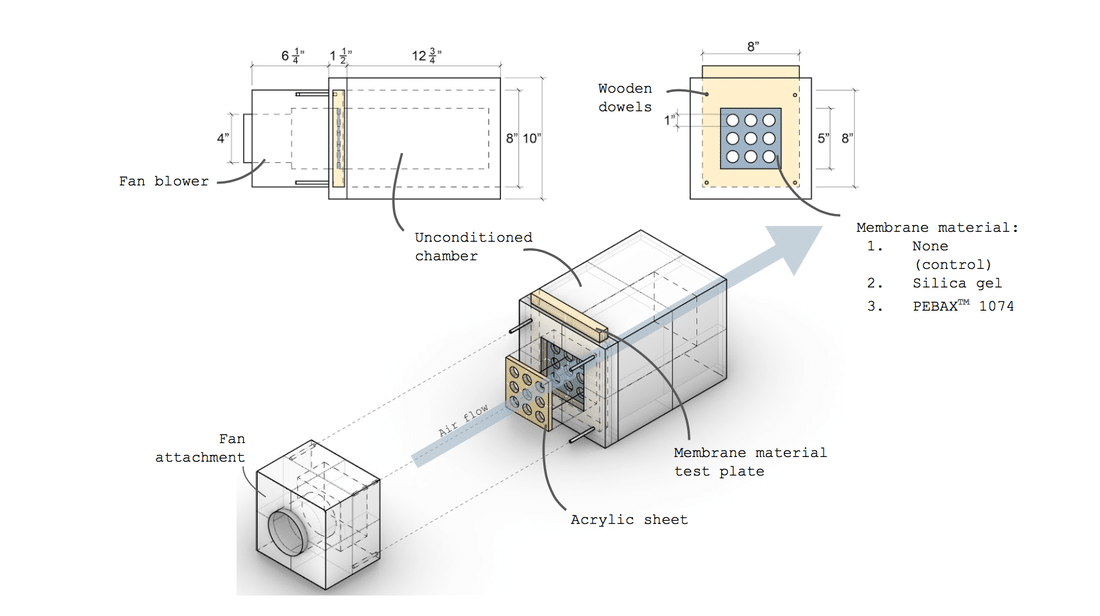
(Ana Sandoval and Michelle Barrett)
The global increase of atmospheric temperature rise, combined with the rapid growth of previously underdeveloped climate zones, presents a growing need for low-cost solutions that serve those without access to advanced technologies. Within the architecture, engineering, and construction industry, high-performance buildings are often associated with expensive, high-tech strategies that rely heavily on complex mechanical systems. New technologies may change the way that one designs, but they cannot replace the basic climate-specific principles celebrated by vernacular architecture. In response, students will explore the vernacular strategies associated with rapidly urbanizing regions in order to translate their character, physical qualities, and thermal capabilities to a commercial scale, reducing the reliance on energy-intensive mechanical systems while developing a new, climate and culture-specific urban identity.
This course mixes historical referencing with physical experimentation to demonstrate performance metrics and explore the ways building systems could engage and empower the occupant. Integrated as dynamic systems, buildings could better react to fluctuating environmental conditions. By combining students from across the campus, this interdisciplinary course strives to bridge the gap between design, performance, and building analytics. In the spirit of affordable, low-tech and climate-specific enclosure systems, this class will employ accessible physical testing methods to make building technology innovation more accessible.
Just Play
Karla Sierralta, Cathi Ho Schar, Prisma Das & Phoebe White, University of Hawaii at Manoa
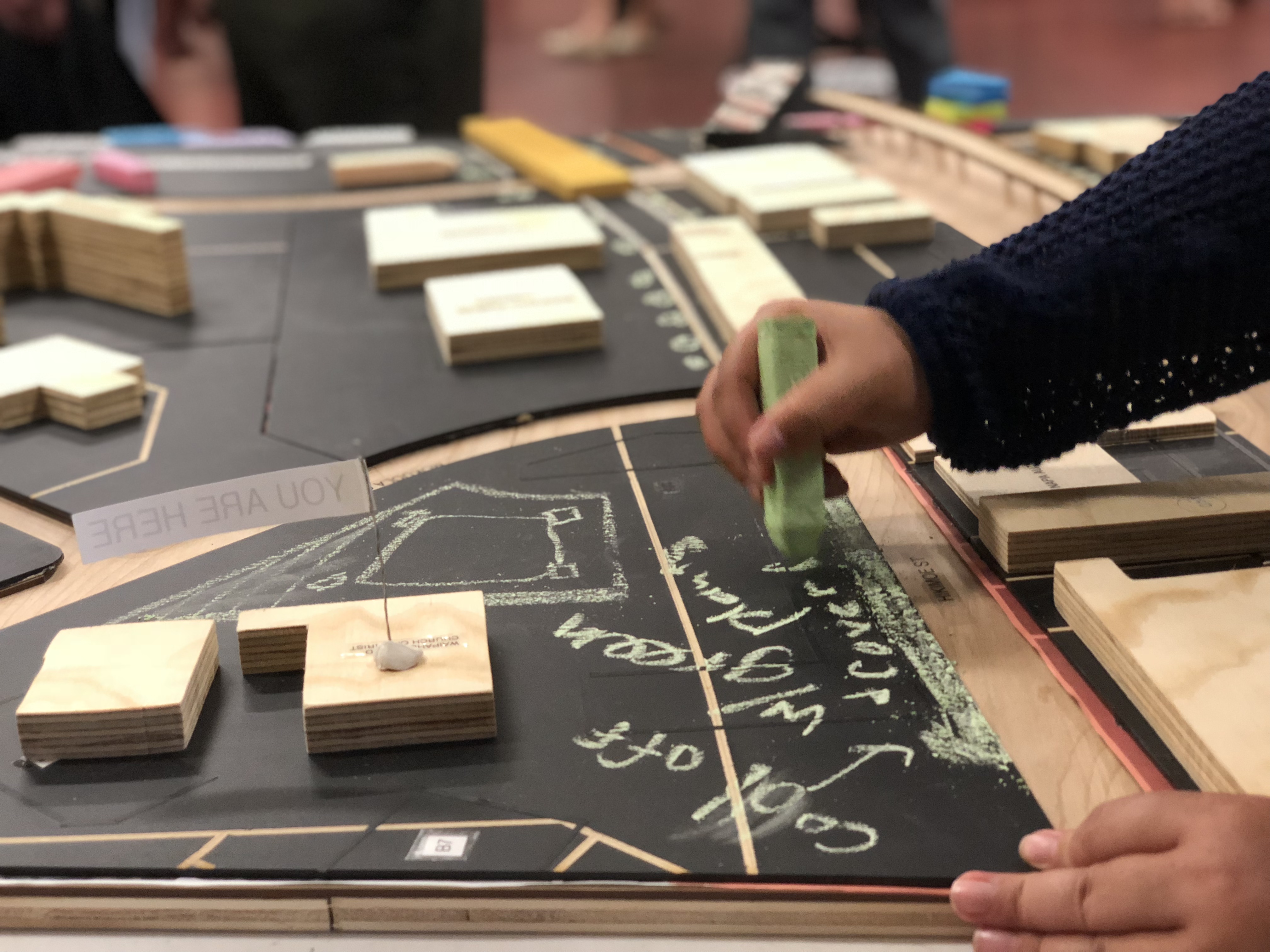
“Just Play” is a set of coordinated courses in architecture, landscape architecture, and urban and regional planning at the University of Hawai‘i at Mānoa that will focus on climate change and design justice. The objective is to explore learning through teaching, and teaching through play. Students will conduct research and design place-based, equity-focused educational games for a five-week course, which will be offered to 12 participating high schools through the Mānoa Academy program, led by the College of Social Sciences. University students will work in partnership with the Honolulu Office of Climate Change, Sustainability, and Resiliency (OCCSR), to build on their 2020-21 Climate Change Open Houses and talk stories. These open houses gather information that will enable the OCCSR to develop equity initiatives for Honolulu’s Climate Adaptation Strategy. Students will integrate the OCCSR’s community input with research to design interactive games that cultivate citizenship skills such as empathy, negotiation, decision-making, and collective action to foster resilient island communities. “Just Play” seeks to engage climate change from an equity standpoint, focusing on social action, empowerment, scenario-planning, systems-understanding, design, and education, reaching beyond technological solutions. It represents a multi-departmental effort to expand our reach as educators and advocates.
Professional Practice 3: Future Practice
Megan Groth, Woodbury University
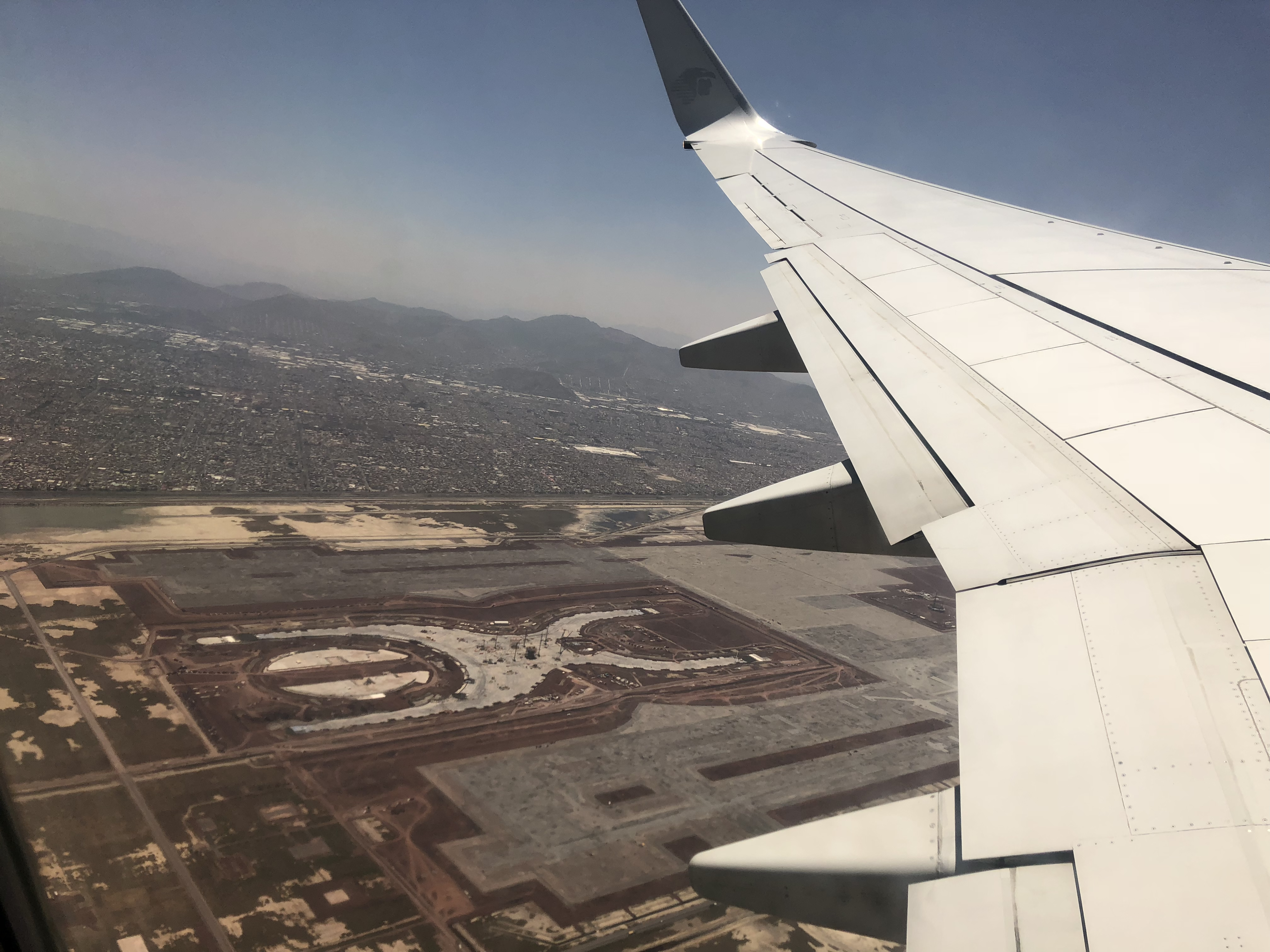
(Ymzp85)
The direct relationship of the global climate crisis to the built environment—the realm of the architect—means that architects are uniquely positioned to respond to the climate emergency in and through their work. Unfortunately, the architect’s lack of agency, in part due to the traditional architecture business model, the profession’s codes of conduct, value system, and lack of ethical framework, does not make it possible for architects to act to the degree and with the speed that is required. “Future Practice” asks students to situate architecture practice in the larger context of our communities, cities, countries, and planet and ask: How do we value what we do as architects? What do we need to achieve in practice in order to pursue climate justice? How then do we create new, implementable value systems by which to restructure our work in order to align it with those goals? Using readings from a variety of different cross-disciplinary sources and thinkers, students will be encouraged to think beyond what practice is and into the radical realms of what practice could become in the future.
HONORABLE MENTIONS
Living by Water
Amee Carmines & Carmina Sanchez-del-Valle, Hampton University
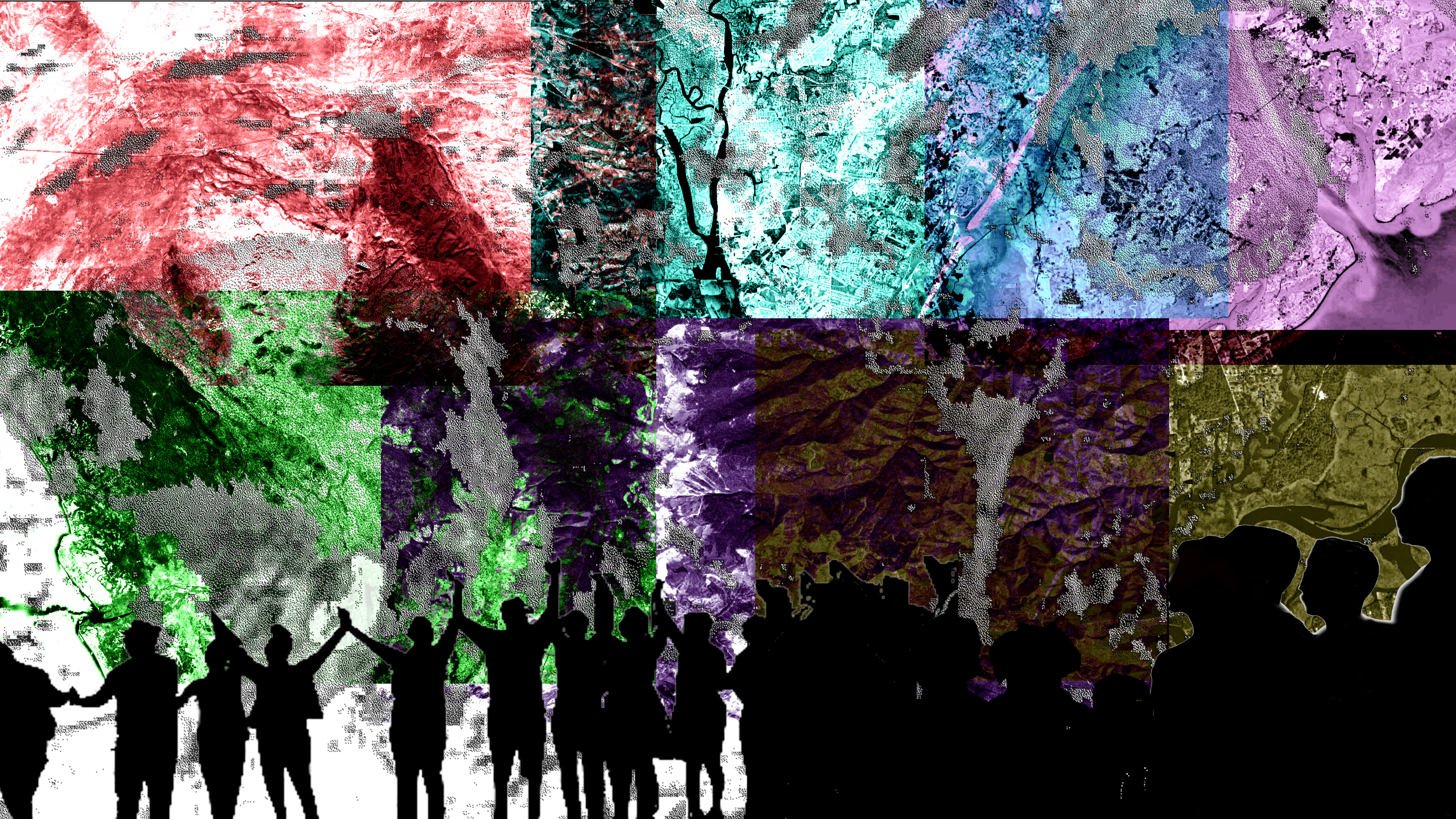
English Literature and Community Design Issues Joint Micro Seminars on Place and Community
The joint micro-seminars in “Living by Water” focus on the interaction between place and community, particularly at times of crisis. Architecture students in a course on community design collaborate with students in a course on the novel to visualize literary works to create an environment that promotes a critical dialogue, crossing invisible and implied disciplinary boundaries. In the texts, the landscape of communities built and destroyed around constructions of racial hierarchy link to the construction of the narrative. This collaborative inquiry reveals the structures, physical and social limitations, and strategies needed to shelter human beings in ways that enrich cultural expression; and shows how knowledgeable and skilled local communities are about their built environment.
Spaces of Coal
Pep Avilés, Penn State University
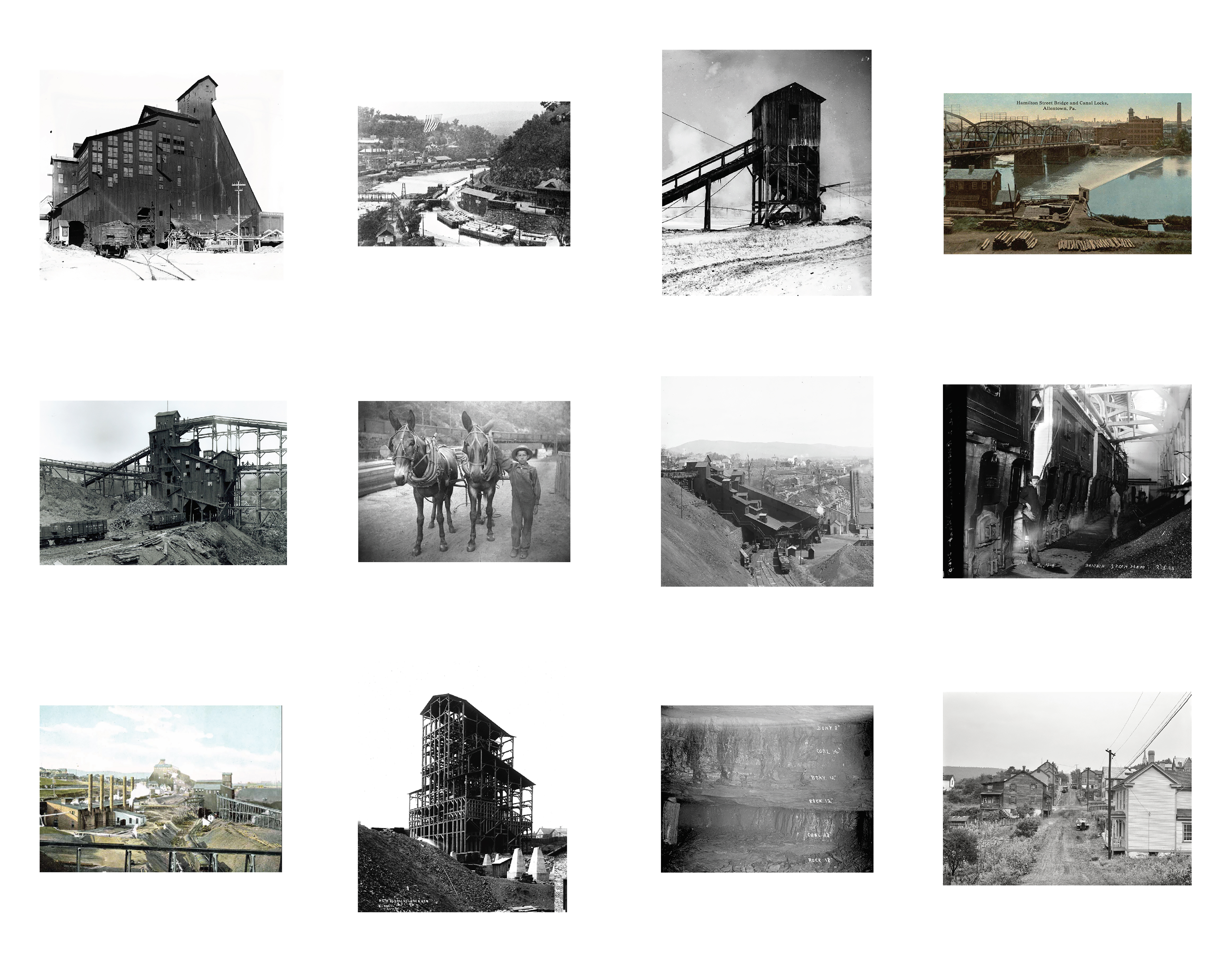
Space of Coal + Anthracite Culture
The industrialization of modern states following the Enlightenment ran parallel to the increasing extraction and production of soft coal and anthracite. Coal became the leading source of energy during the nineteenth century as a replacement both for other combustibles (wood) and power sources (water and wind) and contributed in turn to the rapid development of transportation, industry, and—eventually—the modern urban experience. Coal-based capitalism was a global environmental project from the very beginning, affecting the morphology of modern cities as a consequence of iron and steel construction and of the alteration of natural landscapes to accommodate the new infrastructures that industries demanded. Regrettably, economic development triggered climate change and global warming. Although the heyday of coal production in the US occurred around the beginning of the twentieth century—consumption declined steadily following World War II, once oil proved to be a more effective and profitable source of energy—the global impact of past coal mining on the environment has not been reversed: currently, coal still remains at the origin of the majority of global CO2 emissions in the atmosphere, contributing dramatically to global warming.
The Built Environment
Hyon K. Rah, University of the District of Columbia
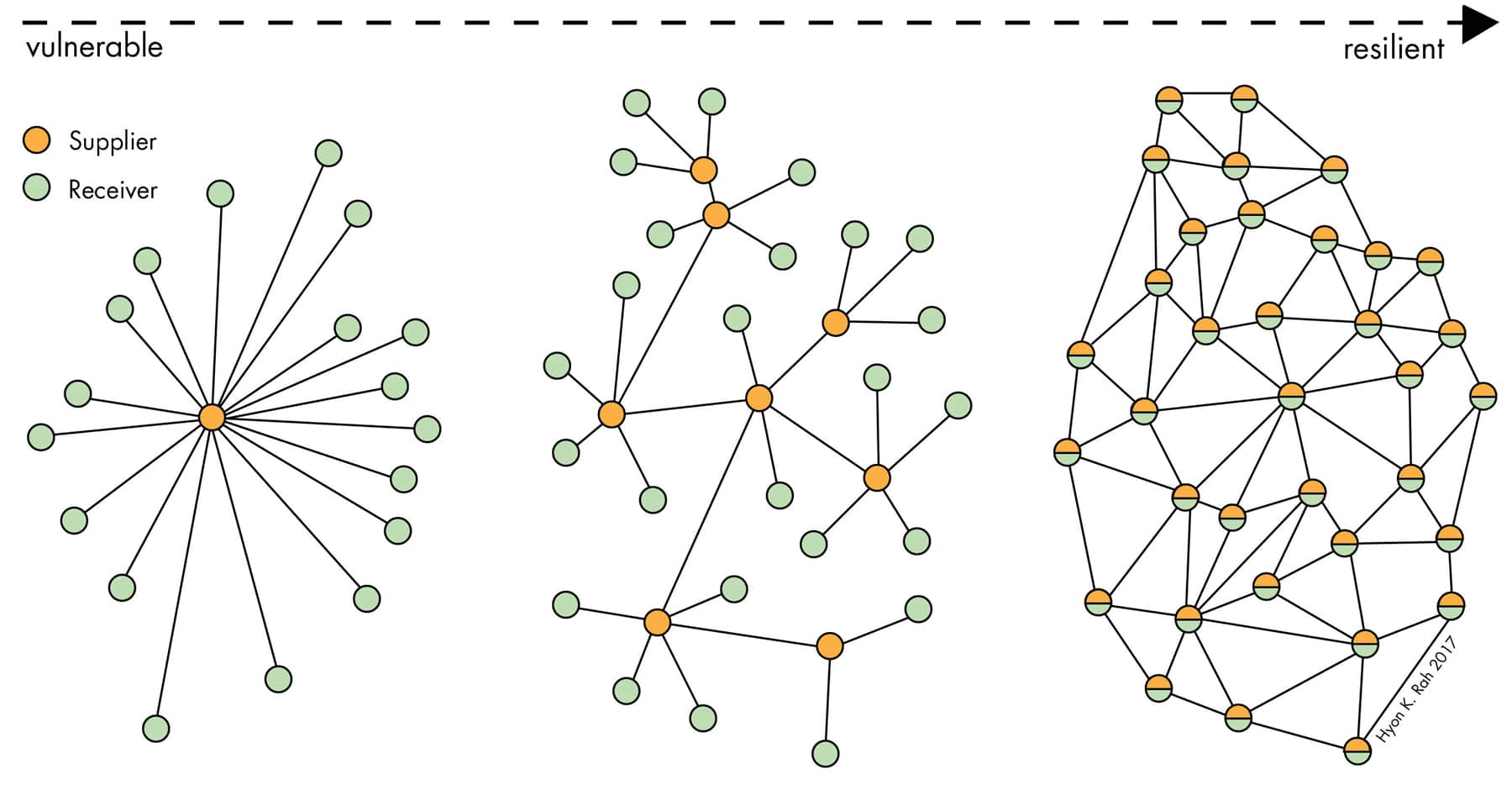
Climate change, increasingly frequent and devastating disasters, and the built environment are inextricably linked. This calls for a fundamental shift in how we design, plan, and manage the built environment – from self-referential and siloed to more contextualized and systems-based. This introductory course, required for all undergraduate architecture majors and cross-listed within the College of Agriculture, Urban Sustainability & Environmental Sciences, takes a holistic look at different scales and disciplines contributing to the built environment along with the social, economic, and environmental interdependencies and influences. Various design, technical, financial, and policy tools and strategies are explored. The goal is to better prepare our students for increasingly complex and challenging conditions and the role of interdisciplinary facilitator architects are required to play.
2020 WINNERS
Adaptation to Sea Level Rise
Mason Andrews, Hampton University
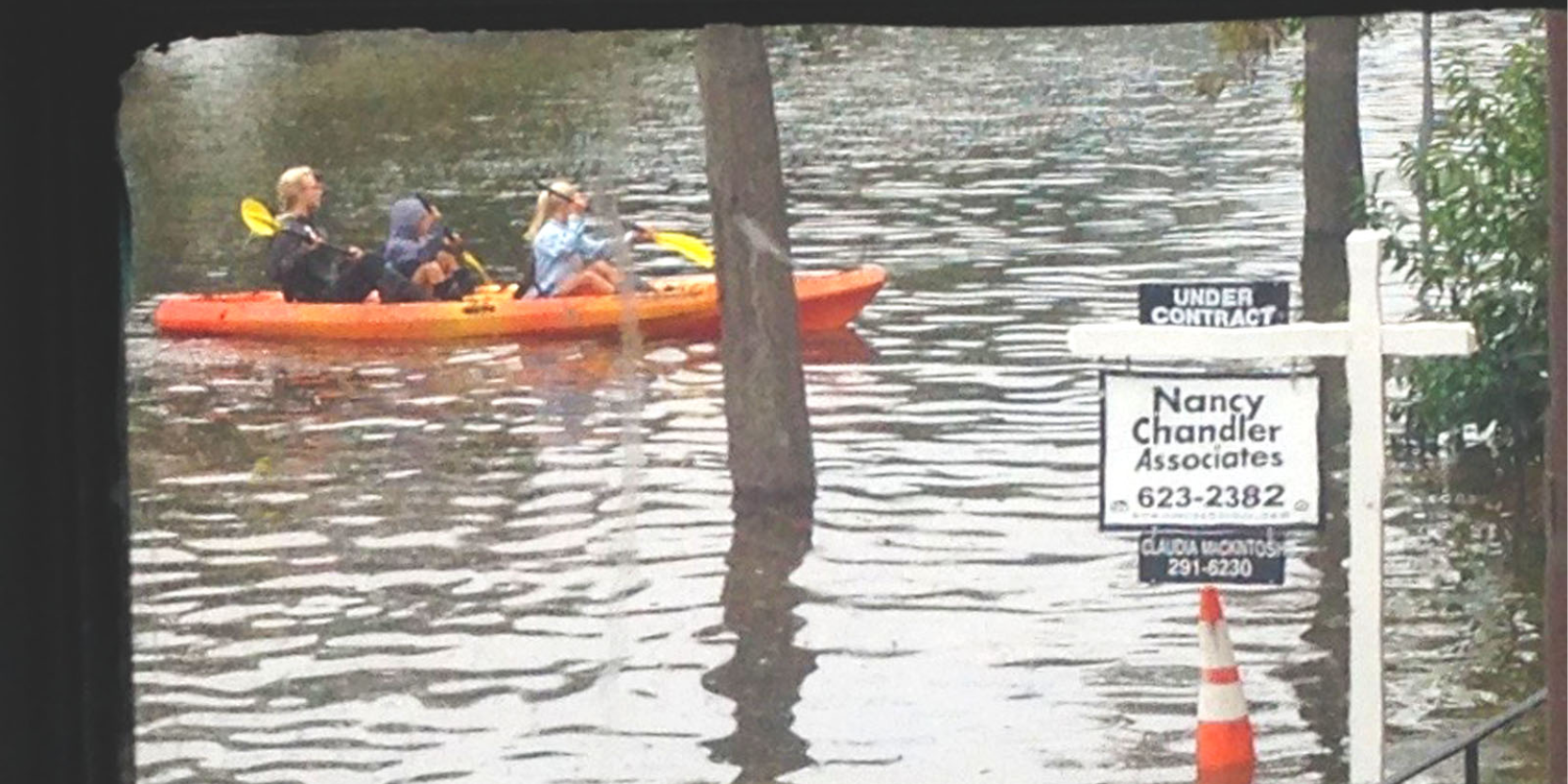
A two semester cross-disciplinary course focusing on adapting to the impacts of sea level rise in existing urban neighborhoods in sadly soggy southeastern Virginia has been in place since 2014. In the first semester, students of architecture, engineering, and, intermittently, of pure and social sciences, hear lectures from subject matter experts on soils and hydrology, preservation, urban design, public policy, social justice, and more. Simultaneously, community engagement with stakeholders begins, as does a series of design initiatives in which the architecture students and faculty model the processes of studio-based learning. The latter is the subject of a current NSF program study by ethnographers. While student work has been the basis for a $115,000,000 HUD NDRC implementation grant, it is also true that, as in efforts outside academia, disciplinary silos keep professions ill-equipped to work successfully together. In a subject as vast as the planning of adaptation strategies, however, the only path forward is bringing the expertise of a wide array of knowledge types together; there is inadequate time for sequential disciplinary speculation. Next year area professionals will join the design studio as well. It is hoped a new community of practice will emerge modeling effective transdisciplinarity.
Public Issues, Climate Justice, and Architecture
Bradford Grant, Howard University

Science, empirical evidence, and some technical solutions about global climate change are well documented and generally known to our upper division architecture students who have taken the required “Sustainability” course. While our students may understand that the world’s warming climate is warming as an existential and profound threat for the future of our environment, we see that our thinking and action on climate change are influenced not only by the science, but by an array of social, and political dynamics. How can architects help the client, the profession, and the public’s understanding of the climate crisis influence changes in policies for environmental equity and propose a climate change response? This is the question of this course. Its goal is to shape students’ understanding of their role as future professionals in the public processes of climate change design policies, environmental justice, and calls for action.
Unthinking Oil: Public Architecture and the Post-Carbon Imaginary
Gabriel Fuentes, Daniela Shebitz, and Julia Nevarez, Kean University
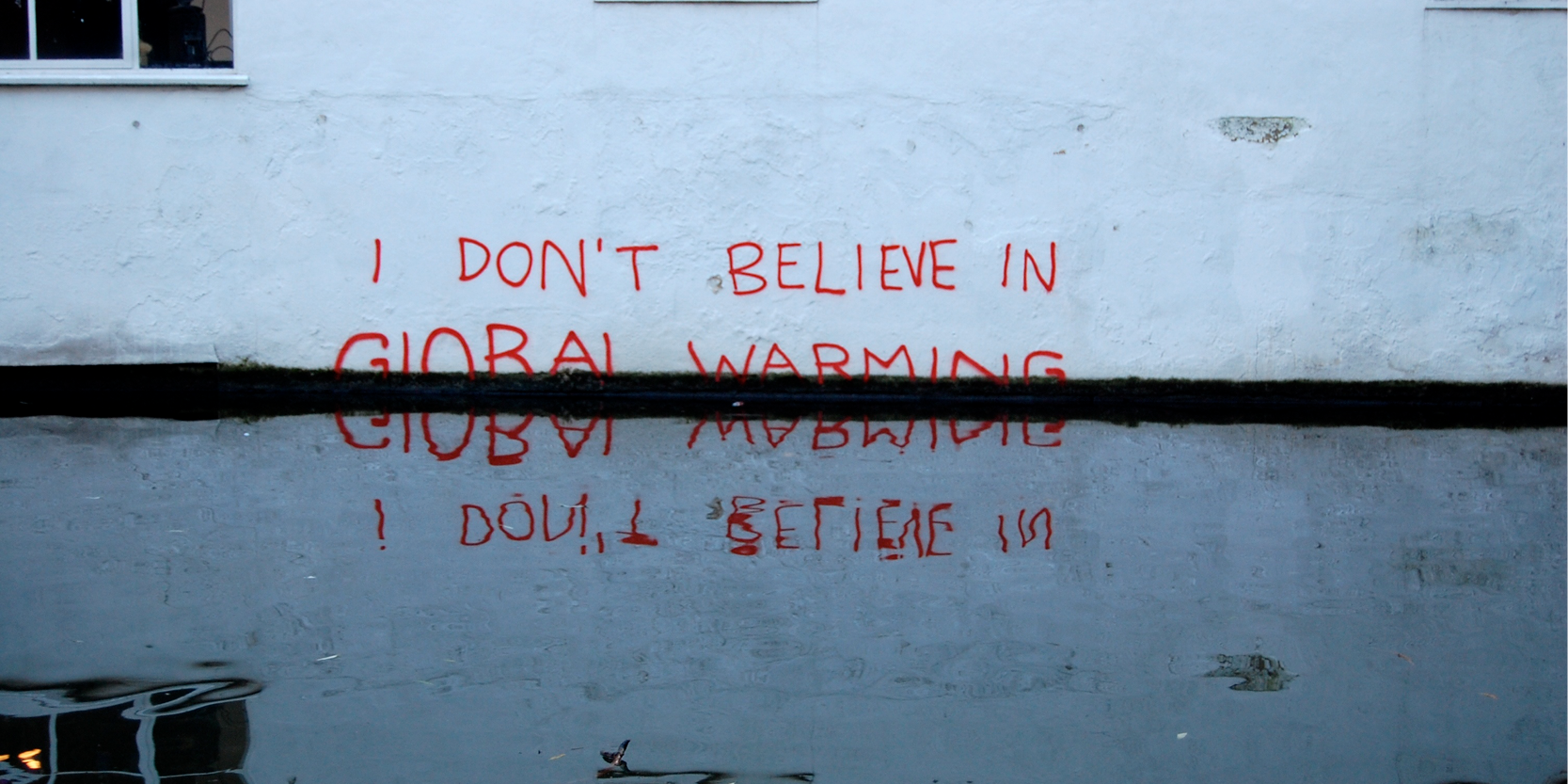
Unthinking Oil: Public Architecture and the Post-Carbon Imaginary is a cross-disciplinary course to be taught in collaboration between Kean University’s School of Public Architecture, School of Environmental and Sustainability Studies, School of Social Sciences, and the Human Rights Institute (HRI). Its aim is to intersect architecture with the emerging field of energy humanities in order to speculate openly and collectively on the broad political and aesthetic dimensions of climate change. Its guiding premise is that climate change is symptomatic of a deeper crisis of thought that requires transdisciplinary modes of critical analysis to unmask. Our fossil-fueled, petrocultural reality, is not a mere techno-economic problem to be solved by mere techno-economic solutions; rather, it is a deep cultural problem that entwines our social practices and energy uses with politically motivated representations and narratives about nature, modernity, and the environment. Petroculture operates in plain sight—post-industrial society is an oil society through and through. Climate change, then, is a symptom of a global carbon regime that permeates all aspects of our physical, material, intellectual, and affective lives. Change can only come by unthinking this regime and its infrastructures, by constructing new imaginaries of a post-carbon world. Paradoxically, unthinking requires deep thought.
Design Based on Estimating Ripple Effects of Carbon Footprint
Jeanne Homer, Khaled Mansy, John Phillips, and Tom Spector, Oklahoma State University
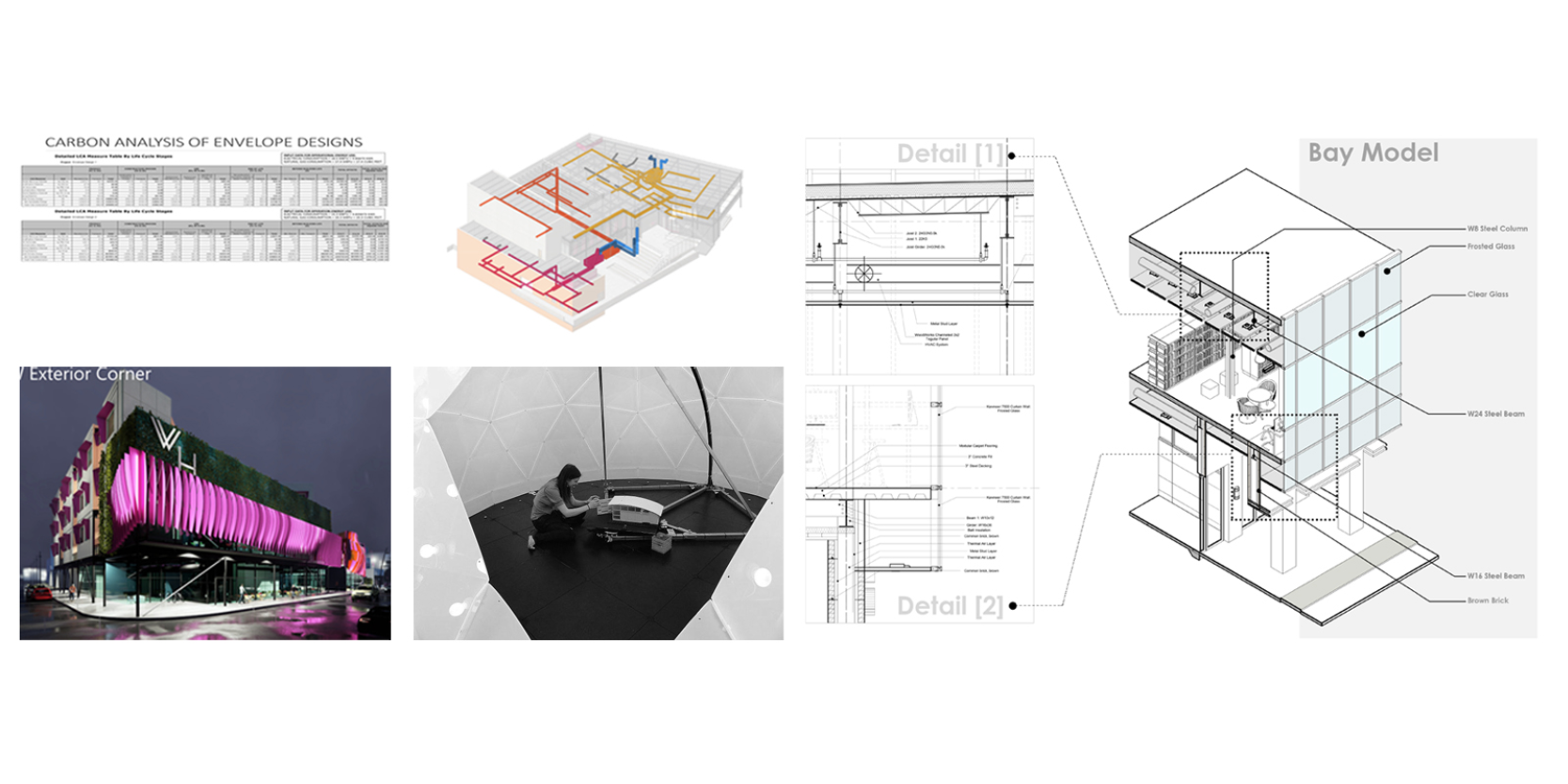
We are a group of faculty seeking the integration of the climate action goal of decarbonization into the design studio. We co-teach our school’s comprehensive design studio (required 4th-year studio), in which performance is emphasized as a principal driving force for design development. Students are challenged with the task of making their buildings as resource-efficient as possible. Students are required to seek evidence-based feedbacks to improve the performance of their design, i.e., the structural, energy, and financial performance. Our endeavor is to redefine the educational goals of studio to integrate carbon footprint as the primary measure of performance, which should open the door for students’ creativity in finding innovative ways to minimize carbon emissions due to both operational and embodied energy. The current content and scope of studio enable students to develop the understanding and ability to generate all of the evidence-based data required to evaluate building performance, but this data stops short of estimating the building’s carbon footprint. The next step is to explore ways to develop the studio further, pushing the envelope towards making it possible to estimate the ripple effects of carbon footprint and the (direct and indirect) impact of buildings on climate change.
"Exist, Flourish, Evolve" — Territorial Care and the Upper Misi-Ziibi
Gabriel Cuéllar, University of Minnesota
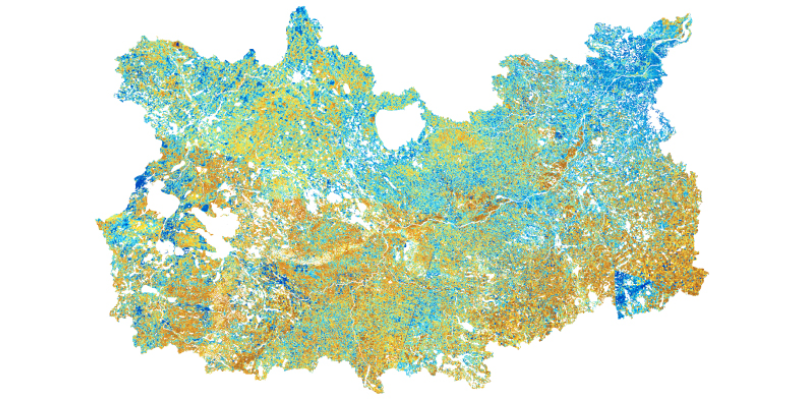
This studio is concerned with imagining how architecture, as a discipline, practice, and material reality, can help uphold the “Rights of Nature.” Exploring this emerging paradigm—codified in the phrase, “to exist, flourish, and evolve”—the studio will define concrete expressions of the ethics of care embodied in the recognition of rights for other-than-human entities. Our subject will be the Mississippi Headwaters watershed, whose ecological communities and dynamics will figure as protagonists in our studio. We will study how the ‘Great River’ propelled Minnesota’s productivity and explore what role it, as a potential rights-bearing entity, might play in reshaping ecological and spatial relations. We will seek to account for biogeochemical interactions irreducible to human agency, while identifying approaches to guide architectural intelligence within present environmental predicaments. We will rely on our discipline’s sensibility for mobilizing documents and precedents, identifying spatial relations, forming systems of coherence, and analyzing material characteristics and form. In parallel, we will chart out architectural efforts and effects embedded in situational contingencies that transpire over time, interact with other forces, and thrive as strictly infrastructural. Acknowledging that “Rights of Nature” are, presently, written aspirations, our goal will be to articulate the architectural dimensions that could support them.
HONORABLE MENTIONS
Changing Minds for a Changing Climate
Sara Stevens, Adam Rysanek, and Kees Lokman, University of British Columbia

Co-taught by a historian, a landscape architect, and a building scientist, this course proposes that design thinking has the potential to reframe the wicked problem of climate change. Weekly structured debates will pose provocations based on a set of historical and contemporary episodes in contested landscapes that position the designer in relation to societal change. Students’ assignments (Debate, Review, Conceive, and Impact) will analyze case studies in order to reimagine the relationship between design and climate change. Divided into modules that highlight different perspectives, the class will include lectures, workshops, and collective assignments intended to produce a small exhibition.
Architecture and Environmental Orientalism in the Arab World
Faysal Tabbarah, American University of Sharjah
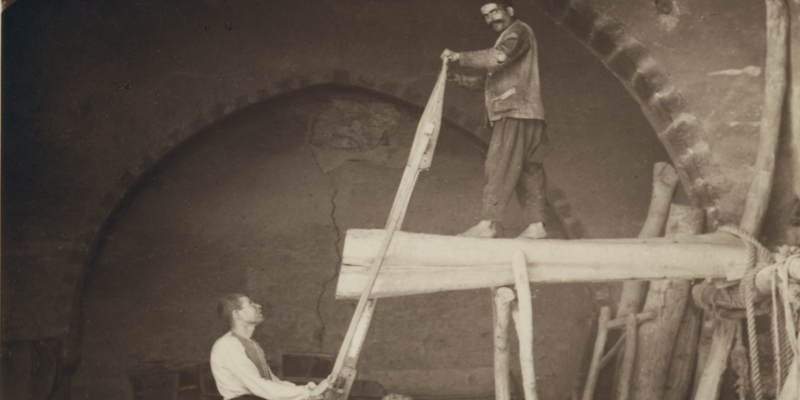
The course investigates the relationship between architectural and environmental imaginaries in the development of post-colonial architecture in the Arab world. The course integrates readings and discussions around Orientalism, environmental Orientalism, environmental history, and colonial/post-colonial architecture in the region. Integrating environmental history methodologies into architectural discourse reveals the relationship between architecture, environmentalism, and colonialism. This framework raises the following questions: What do colonial legacies have to do with environmentalism, and how does this shape Arab architecture? How do contemporary ideologies and practices of environmentalism impact Arab architecture? And finally, what are non-Western designers to do in the face of ongoing Orientalism and the climate crisis?
A Global Warming History of Architecture Since 1800
Hans Ibelings, University of Toronto

In the last decades, histories of architecture have made a global turn. Now is the moment for architectural history’s global warming turn. If modern architecture is normally understood to have originated in Europe, so does global warming, with the Industrial Revolution igniting both. This lecture course is a reading of the history of architecture since 1800 through the lens of humankind’s increasing ecological footprint.
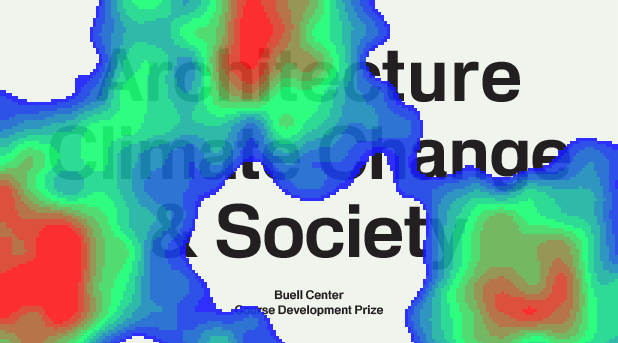
Design by This is our work

2022 Winner: Nea Maloo (Howard University), "Environmental Justice (EJ) + Health + Decarbonization"

2022 Winner: Janette Kim, Brendon Levitt, & James Graham (California College of the Arts), "Decommodifying Ownership"

2022 Winner: Lindsey Krug (University of Wisconsin-Milwaukee); Sarah Aziz (University of Colorado Denver), "Mono-Poly-Dollar"

2022 Winner: Brittany Utting (Rice University), "Deep Geologies: Material Encounters in Texas"

2022 Winner: Yong Huang & Andreas Luescher (Bowling Green State University); Sujata Shetty (University of Toledo), "Acclimatizing to Heat in a Legacy City: Urban Heat Islands, Segregation and Social Connections in Toledo, Ohio"

2022 Honorable Mention: David Franco, Ulrike Heine, Andreea Mihalache and George Schafer (Clemson University), "Tourism as Environmental Disaster: Vulnerable Landscapes and Vulnerable Populations on the Atlantic Coast Barrier Islands"

2022 Honorable Mention: Lawrence Blough (Pratt Institute); Simone Giostra (Politecnico di Milano), "Energy Collectives: Towards a Self-Sustaining Neighborhood"

2021 Winner: Matthew Johnson & Michael Kubo (University of Houston), "Gulf: Architecture, Ecology, and Precarity on the Gulf Coast"

2021 Winner: Mahsan Mohsenin, Reginald Ellis & Andrew Chin (Florida A&M University), "Hazard Mitigation + Race + Architecture"

2021 Winner: Liz McCormick (University of North Carolina at Charlotte), "High-Performance, Low-Tech"

2021 Winner: Karla Sierralta, Cathi HoSchar, Prisma Das & Phoebe White (University of Hawaii at Manoa), "Just Play"

2021 Winner: Megan Groth (Woodbury University), "Professional Practice 3: Future Practice"

2021 Honorable Mention: Amee Carmines & Carmina Sanchez-del-Valle (Hampton University), "Living by Water"

2021 Honorable Mention: Pep Avilés (Penn State University), "Spaces of Coal"

2021 Honorable Mention: Hyon K. Rah (University of the District of Columbia), "The Built Environment"
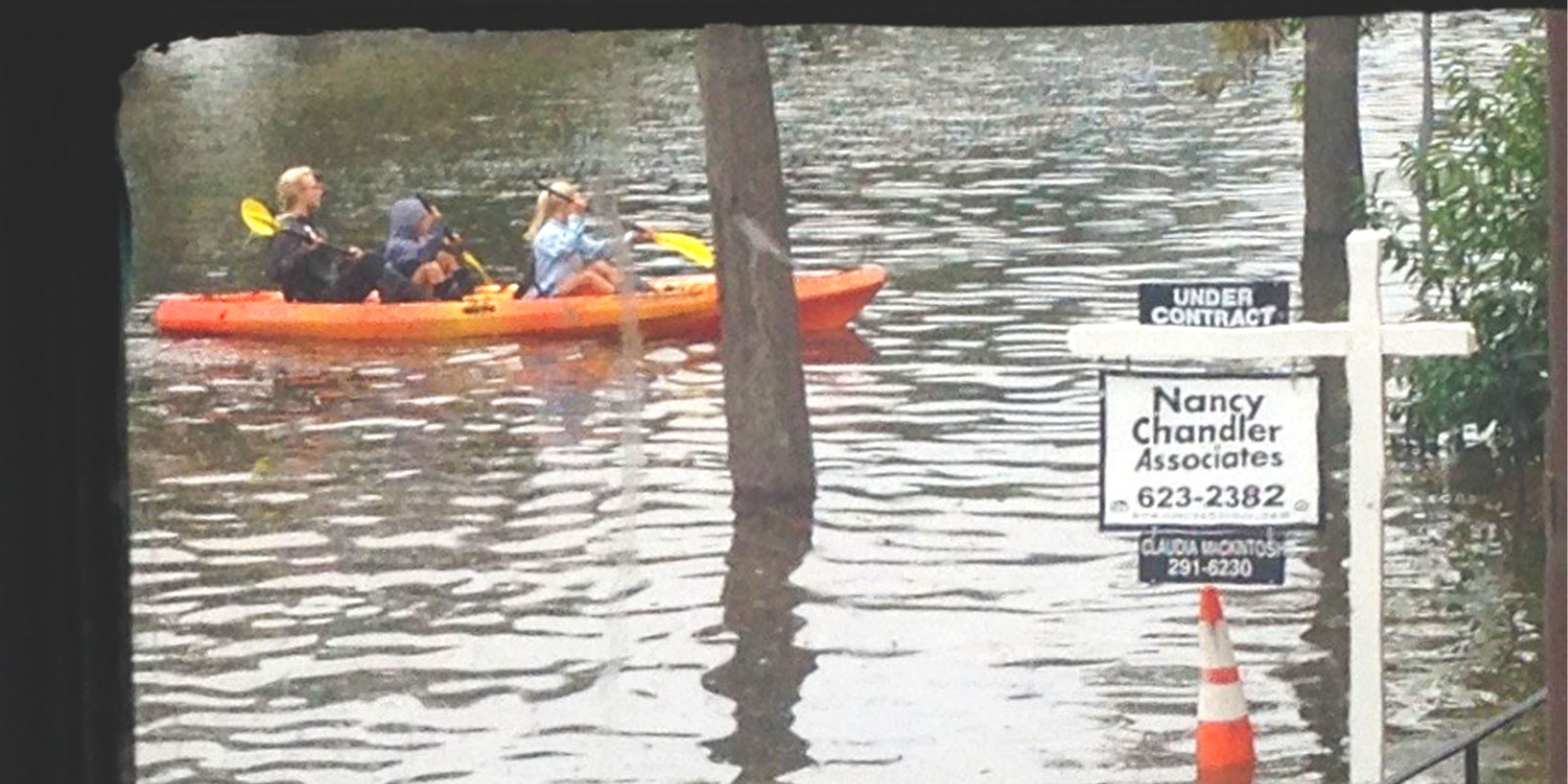
2020 Winner: Mason Andrews (Hampton University), "Adaptation to Sea Level Rise"

2020 Winner: Bradford Grant (Howard University), "Public Issues, Climate Justice, and Architecture"
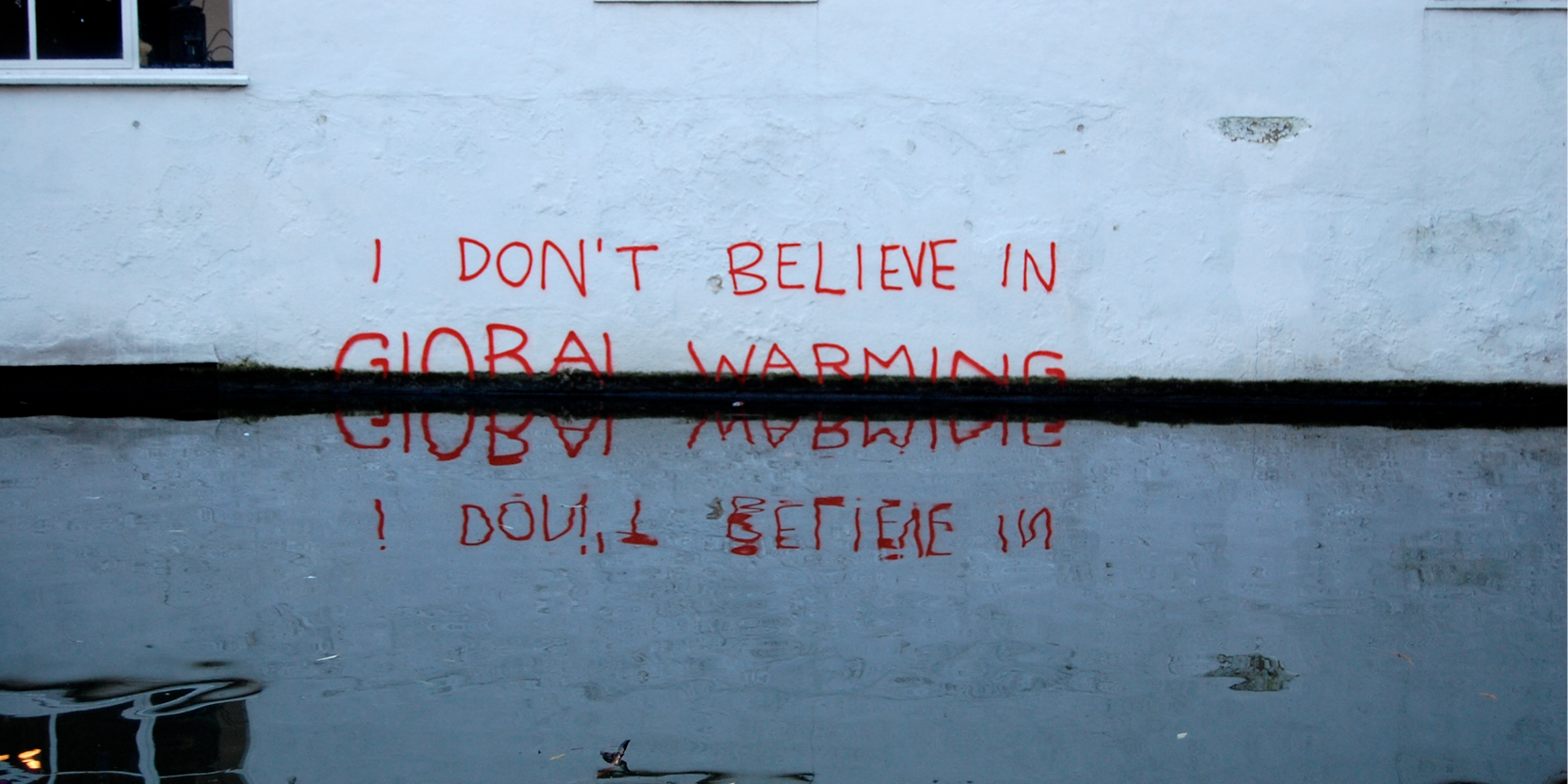
2020 Winner: Gabriel Fuentes, Daniela Shebitz, and Julia Nevarez (Kean University), "Unthinking Oil: Public Architecture and the Post-Carbon Imaginary"
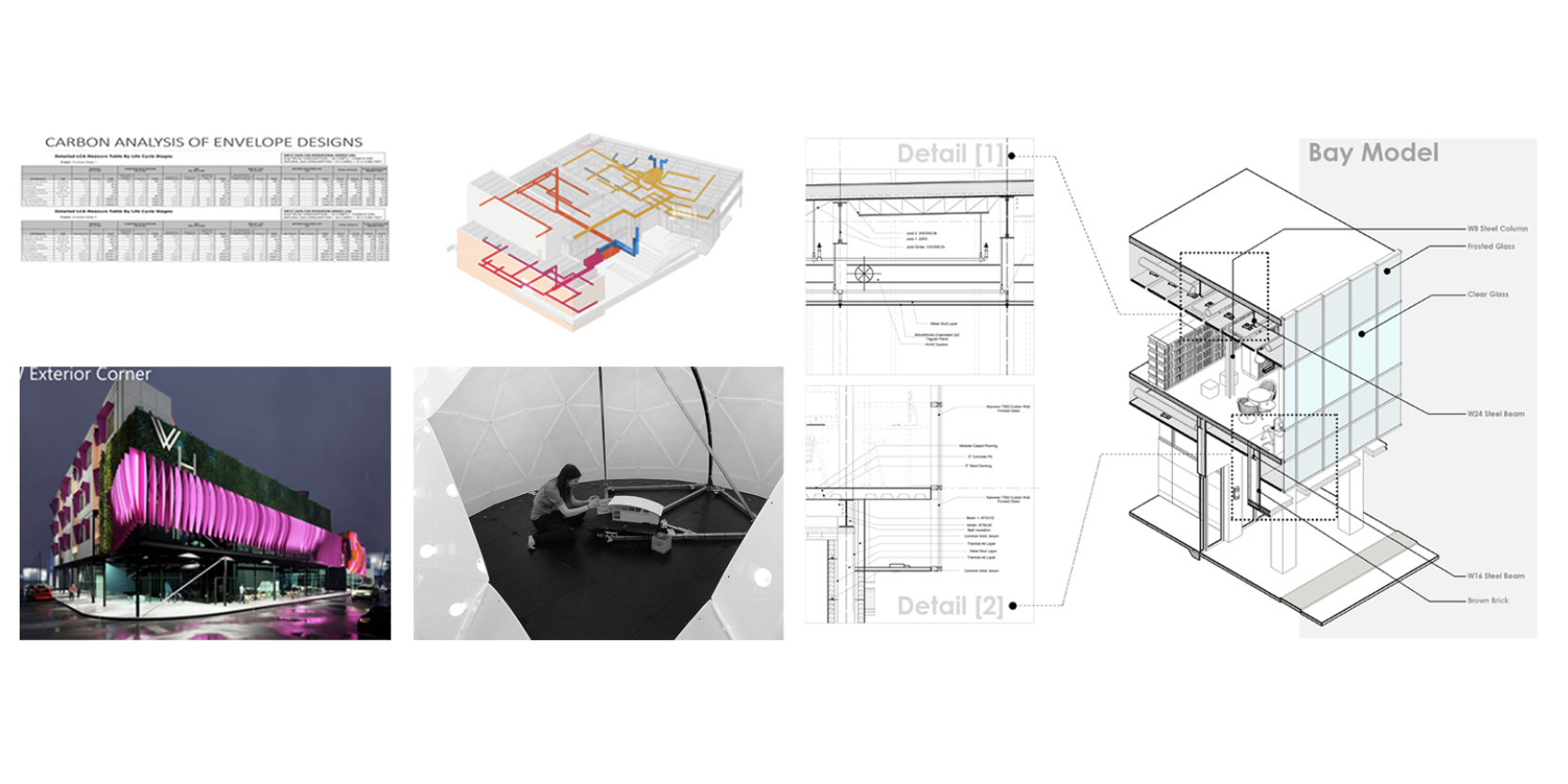
2020 Winner: Jeanne Homer, Khaled Mansy, John Phillips, and Tom Spector (Oklahoma State University), "Design Based on Estimating Ripple Effects of Carbon Footprint"
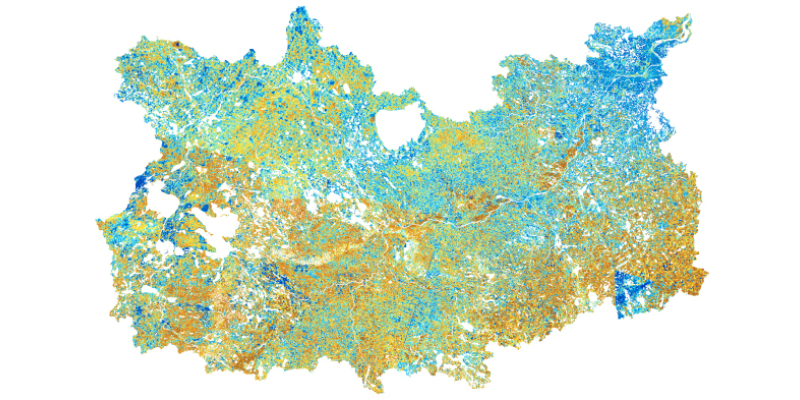
2020 Winner: Gabriel Cuéllar (University of Minnesota), "'Exist, Flourish, Evolve'—Territorial Care and the Upper Misi-Ziibi
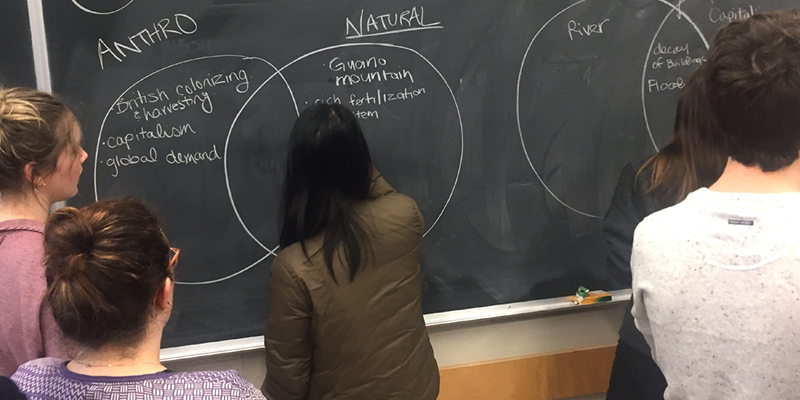
2020 Honorable Mention: Sara Stevens, Adam Rysanek, and Kees Lokman (University of British Columbia), "Changing Minds for a Changing Climate"

2020 Honorable Mention: Faysal Tabbarah (American University of Sharjah), "Architecture and Environmental Orientalism in the Arab World"

2020 Honorable Mention: Hans Ibelings (University of Toronto), "A Global Warming History of Architecture Since 1800"